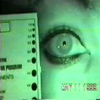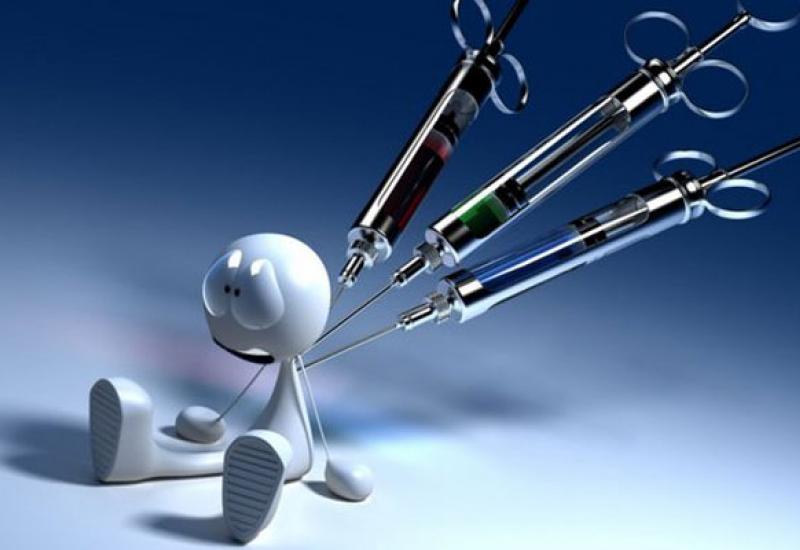Drug addiction is a disease which is caused by a systematic use of the substances put on the list of drugs, and evidenced itself in psychic and physical dependence on them.
A lot of young people and teenagers belong to a circle of drug users. Exactly in adolescence, drugs are usually used for the first time, so it is important to notice in time and discern early signs of drug use when a problem has not yet get a chronic character and is easier subjected to correction.
Early signs of drug use are characterized by the following symptoms:
- Intoxication after drug abuse;
- After 5-15 minutes after smoking an elevated mood, fit of energy, keen hunger and thirst are appeared.
- The mental state during the intoxication varies from causeless merriment and laughter to anxiety, fear and aggression. Eye pupils at that state are dilated, they are glittered, skin is pale, and lips are dry. The intoxication is over with leaden sleep, apathy and weakness.
 In the intervals between drug taking at the beginning no significant changes in the behavior of adolescents are observed. After a few months (1 or 2) of daily drug use the following symptoms may appeared: the mood spoils or changes without cause, weakness changes into irritability, disturbed sleep (sleepiness during the day), headache and elevated blood pressure.
In the intervals between drug taking at the beginning no significant changes in the behavior of adolescents are observed. After a few months (1 or 2) of daily drug use the following symptoms may appeared: the mood spoils or changes without cause, weakness changes into irritability, disturbed sleep (sleepiness during the day), headache and elevated blood pressure.
To the early signs of drug use, regardless of a kind of drug substances, may relate the following changes in behavior, character and physiology of adolescents:
- Causeless disappearance from home for a long time;
- Absence at school (or university), poor progress in an educational process;
- Drastic changes in behavior (unexplained aggression, malignance, isolation, change of friends, negligence), which are not observed before;
- Mendacity and alienation;
- Emergence of debts;
- Disappearance of valuables and money from home, thefts;
- Loss of interest in learning, work, hobbies, watching TV;
- Teenager’s need of chemicals like vinegar, baking soda, potassium permanganate, iodine, acetone and other solvents;
- Presence of syringes, needles, rubber bands, tablets among teenager’s belongings;
- Appearance of new slang words such as “bayan”, “machine” – syringe; “wheels” - tablets; “drup”, “plan”, “dur”, “shirka” – names of drugs substances, etc. in a lexicon of adolescents;
- Presence of traces from injections in any part of the teenager’s body, especially on the forearm;
- Sleep disturbance (insomnia or extremely long sleep);
- Appetite disorder (sudden increase or loss of appetite, use of a significant amount of sweets, emergence of extreme thirst).
The presence of one or more of the above signs in the adolescent provides no basis for an assertion that the teenager uses drugs, but it should encourage parents, teachers and friends of him to consult specialists.

